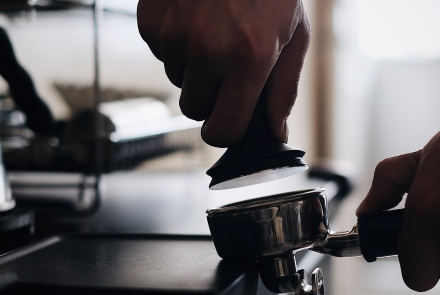
Photo by Kristian Ryan Alimon on Unsplash
Replace JobKeeper with a better and fairer JobMaker
Eliminating discrimination in Australia’s wage subsidies will aid the fairness of its COVID-19 recovery, Peter Downes, Renee Fry-McKibbin, and Warwick McKibbin write.
With JobKeeper coming to an end and estimates by the Australian Treasury suggesting that 100,000 to 150,000 people might lose their jobs, it is surprising that there is not more public discussion of how to keep the Australian economy growing while the pandemic continues.
Nothing was asked at Question Time in parliament last week by the Opposition. There was little media coverage pointing out how damaging the end of JobKeeper may be for many people and particular sectors of the economy still under enormous pressure.
The replacement to JobKeeper is JobMaker. At four billion dollars, the program could fill the hole. The legislation has passed the Parliament, but there has been almost no take-up by businesses.
This is mainly because there are problems with the design of JobMaker, largely stemming from the fact that it is targeted at a particular group: people under 35. A generalised wage subsidy targeting young people, while great for those who get it, mostly displaces disadvantaged, low-skilled, high-turnover older workers. It is unclear that it would, in total, generate many new jobs. Two thirds to three quarters of the money will likely end up as gross operating surplus and ultimately in the pockets of high-income households.
In a high employment turnover country like Australia with a high proportion of part-time work, it is almost impossible to design a set of rules that avoids significant displacement effects. The best way to target young people, the unskilled and the long term unemployed, is not to target them – to use the subsidy to maximise employment growth – the evidence is that they all benefit the most.
And this is especially the case with interest rates at zero, because those benefits are sustained – lower unemployment leads to higher wage growth, higher inflation, lower real interest rates and further falls in unemployment. The reverse is the case if unemployment rises (if the four billion dollars appropriated is not spent effectively).
And youth unemployment has already fallen much faster than anyone could have anticipated partly due to a successful government response: 347,000 places now available under JobTrainer; increased funding for domestic university enrolments, 50 per cent wage subsidy for apprentices and trainees. What is needed now is to keep the economy growing. When interest rates are zero, there is no speed limit to how fast unemployment can drop.
JobMaker should be simplified, and the age targeting dropped. JobMaker discriminates most against women over 35. They have often had career breaks, and need to use the time after 35 to build their superannuation balances, which lag behind their peers.
Older women are one of the most vulnerable groups facing homelessness. Disadvantaging them further will exacerbate the problem. Eliminating the age and sex discrimination in the subsidies design will improve the fairness of the COVID-19 recovery policies.
JobMaker II could be designed as a rebate to firms on the increment to a firm’s payroll. Firms whose turnover was still down in the March quarter 2021 relative to the same time last year, would be allowed to deduct an amount equivalent to the JobKeeper payments that they received in the March quarter from their payroll, in estimating the starting point for calculating the increment.
The March quarter is usually a seasonal low for wage salaries and supplements for most industries. The ATO could rebate say 60 per cent of any increment to a firm’s payroll above a growth rate of say six per cent (June quarter growth on March quarter 2021 starting point).
This would minimise the money going to firms who had already recovered by the March quarter of 2021, while still encouraging them to increase employment. It provides most income support for the firms still struggling, helping them to remain open and keep their employees. The same could again be applied for the September quarter following a review in May/June.
The policy could be wound down if the labour market is improving sufficiently and social distancing and other restrictions are unwound. Any firm on JobMaker I could choose to stay on it or move to JobMaker II, but could not have both.
The Treasurer has four billion dollars in his back pocket, and parliament has given him a blank slate for the administration.
We estimate that funding could potentially save and generate 100,000 jobs over the next six months – one per cent higher employment than otherwise, generating higher wage growth and higher tax revenue leading to a lower budget deficit in 2022-23. And at zero interest rates, the employment effect would be sustained. JobKeeper has just ended. Firms are waiting to see what the government does next. There is no time to lose in making the change.
This piece was first published in the Australian Financial Review.
Updated: 14 July 2024/Responsible Officer: Crawford Engagement/Page Contact: CAP Web Team













